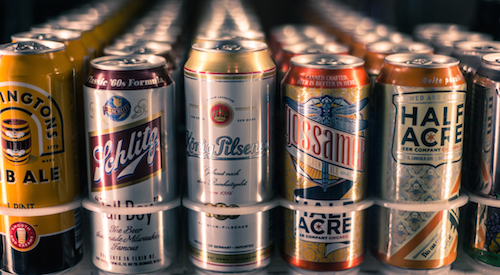
Canned beer is making a comeback via the craft beer revolution. Brewpubs, co-ops, beer tappings, home brewing, beer dinners and Cicerone Certified beer connoisseurs are all becoming more common, and helping fuel yet more experimentation, discovery and enjoyment within the industry. A resurgence in canned beer is another facet to add to the list, and one that deserves some background being shared.
Beer Can History
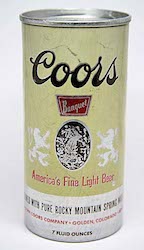 The canning of beer was first experimented with back in the 1930s by companies such as Krueger’s and Pabst making steel cans. It took several iterations to develop into something resembling the more recognizable can of today, with the round bottom construction and the six pack size deemed as successes along the way.
The canning of beer was first experimented with back in the 1930s by companies such as Krueger’s and Pabst making steel cans. It took several iterations to develop into something resembling the more recognizable can of today, with the round bottom construction and the six pack size deemed as successes along the way.
In 1959, Coors introduced the first aluminum beverage container, opting for a 7oz. package, and soon after, the pull tab and ring top cans followed. In addition to weighing less than previous steel cans, aluminum is a better surface on which to print logos and text, allowing the branding of beer companies to become more commanding to the consumer.
Canned craft beer has been around since 2002, when Colorado’s Oskar Blues Brewery began canning its flagship Dale’s Pale Ale, but it didn’t take off until recently. In 2009, about 50 craft breweries, mostly small ones, packaged beer in cans; now nearly 400 craft beer brewers use aluminum to can more than 1,300 different beers.
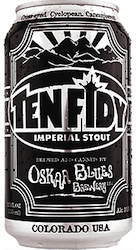
Craft Beer Revolution Brings Resurgence of Cans
The old stigma of cans being lesser beers or a lesser taste is being overcome, and craft breweries are turing to cans as a primary way to distribute. Craft brewery champions such as Alchemist, Finch’s, and Surly all making the decision to sell their lovingly-produced craft beer in aluminum cans. Why?
- PROTECTION
Compared to glass bottles, cans will protect beer better from light, preventing the loss of freshness and that ‘skunky’ taste. Canned beer also has the advantage of being completely airtight, protecting your brew from another element that will cause beer to spoil (oxidation).
- NO LOSS OF TASTE
A major misconception that has plagued the can, is that many people think it loans a ‘metallic’ taste to the the beer. Any transfer of taste is actually avoided in the can manufacturing process: a polymer coating is sprayed on the inside to prevent contact with the aluminum itself. With quality craft brewers making the full-time switch to cans, they are slowly chipping away at the mistaken belief that ‘canned beer is not high quality beer’, similar to the stigma of boxed wine.
- MANUFACTURING EFFICIENCIES
Advances in machining and manufacturing over the decades mean that beer is now canned in low gauge, lightweight aluminum, allowing for a beverage container that can resist rust, be easily recycled and reformed, and can be produced relatively inexpensively. The lower weight means that it is both more efficient and more cost effective to transport cans, and another point to consider is that the cans also stack very well, meaning improved storage and loading options at each stage of distribution.
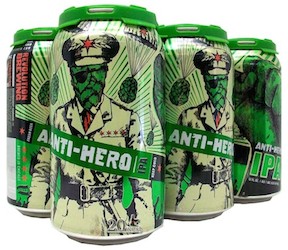
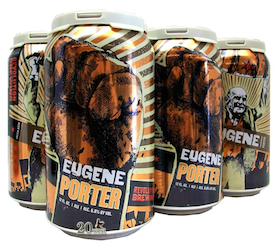
Craft Beer Cans in Bars
Craft Beer Bars such as The Boundary can show that a neighborhood bar can compete with other craft beer destinations by using a well selected canned beer list to extend their offerings; The Boundary’s drink menu contains around 28 craft beer cans at any one time, spanning all styles (IPA, pale ales, lagers, ambers, fruit-infused, stouts/porters, english style, etc) and includes offerings from Anderson Valley, Finch’s, Revolution, Breckenridge, Founders, and the Chicago classic, Half Acre.
Cheers!
by Lee Jarvis.
